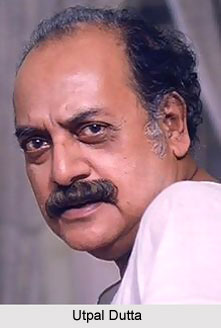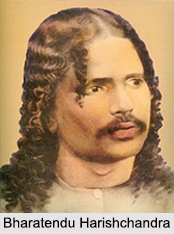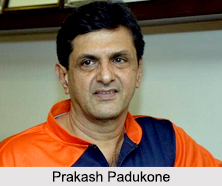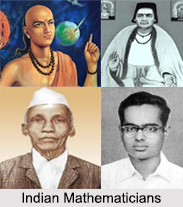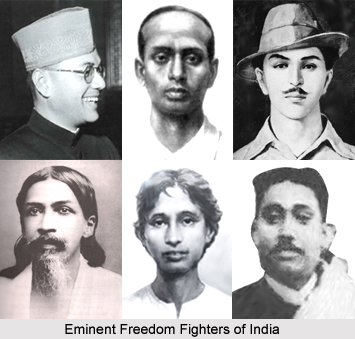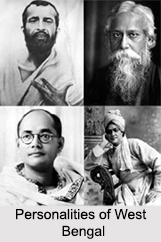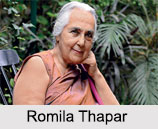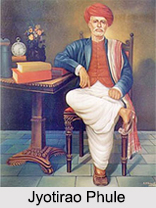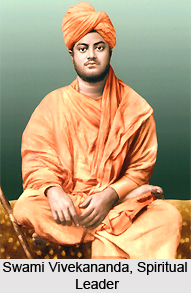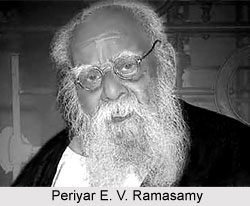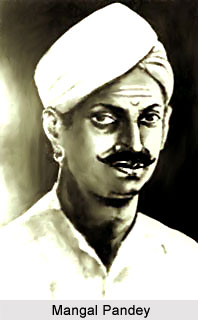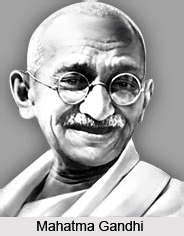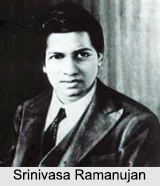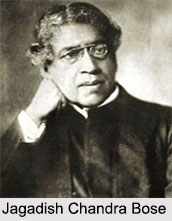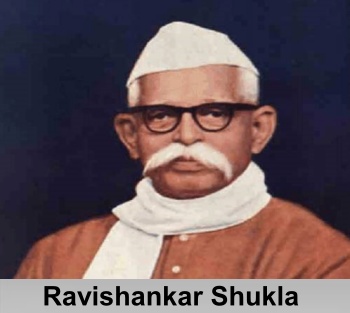 Madhya Pradesh, a central Indian state, has a rich political history shaped by its precursor states—Vindhya Pradesh, Madhya Bharat, and Bhopal State. Understanding the leaders who governed these precursor states provides a foundational insight into the political evolution of present-day Madhya Pradesh through numerous visionary leaderships.
Madhya Pradesh, a central Indian state, has a rich political history shaped by its precursor states—Vindhya Pradesh, Madhya Bharat, and Bhopal State. Understanding the leaders who governed these precursor states provides a foundational insight into the political evolution of present-day Madhya Pradesh through numerous visionary leaderships.
Vindhya Pradesh (1948-1956):
In 1948, the eastern territories of the Central India Agency coalesced to form the Union of Baghelkhand and Bundelkhand States, later renamed as Vindhya Pradesh in 1952. Admitted as a "Part B" state, Awadhesh Pratap Singh, S. N. Mehta, and Sambhu Nath Shukla sequentially served as Chief MinistersVindhya Pradesh (1948-1956):
In 1948, the eastern territories of the Central India Agency coalesced to form the Union of Baghelkhand and Bundelkhand States, later renamed as Vindhya Pradesh in 1952. Admitted as a "Part B" state, Awadhesh Pratap Singh, S. N. Mehta, and Sambhu Nath Shukla sequentially served as Chief Ministers from 1948 to 1956. While Awadhesh Pratap Singh was an independent candidate, S. N. Mehta and Sambhu Nath Shukla belonged to the Indian National Congress.
from 1948 to 1956. While Awadhesh Pratap Singh was an independent candidate, S. N. Mehta and Sambhu Nath Shukla belonged to the Indian National Congress.
| Chief Minister |
Tenure |
| Awadhesh Pratap Singh |
1948 - 1949 |
| S. N. Mehta |
1949 – 1952 |
| Sambhu Nath Shukla |
1952 - 1956 |
Madhya Bharat (1948-1956):
Simultaneously, in 1948, the western regions of the
Central India Agency, along with the Gwalior and Indore residencies, coalesced into Madhya Bharat, also designated as a "Part B" state. The leadership transitioned through Liladhar Joshi, Gopikrishna Vijayavargiya, Takhatmal Jain, Mishrilal Gangwal, and again Takhatmal Jain, serving as Chief Ministers from 1948 to 1956. All of them represented the Indian national congress.
| Chief Minister |
Tenure |
| Liladhar Joshi |
1948 - 1949 |
| Gopikrishna Vijayavargiya |
1949 - 1950 |
| Takhatmal Jain |
1950 -1952 |
| Mishrilal Gangwal |
1952 – 1955 |
| Takhatmal Jain |
1995 – 1956 |
Bhopal State (1949-1956):
The state of Bhopal, under the dominion of Sir Hamidullah Khan, formally acceded to India in 1949. Subsequently, on June 1, 1949, it was declared a "Part C" state. Shankar Dayal Sharma of
Indian National Congress led as the Chief Minister from 1952 to 1956, marking a crucial phase in the political transition of Bhopal.
Chief Ministers of Madhya Pradesh:
Following India`s independence, Madhya Pradesh emerged in 1950, amalgamating the Central Provinces and Berar with the princely state of Makrai, with Nagpur as its capital. The States Reorganisation Act of 1956 further merged Madhya Bharat, Vindhya Pradesh, and Bhopal into Madhya Pradesh. Notably, the Marathi-speaking Vidarbha region, including
Nagpur, was ceded to
Bombay. In a subsequent reorganization in November 2000, Chhattisgarh was carved out of the southeastern portion of Madhya Pradesh.
President`s Rule in Madhya Pradesh
President`s Rule in Madhya Pradesh has been invoked thrice in its history. The first instance occurred from April 30, 1977, to June 23, 1977, followed by a second imposition from February 17, 1980, to June 9, 1980. The state experienced President`s Rule for the third time from December 15, 1992, to December 6, 1993. These interventions were characterized by the suspension of the state government, with the
President assuming direct control due to constitutional breakdown or failure of the constitutional machinery. Each period witnessed unique challenges, shaping the political landscape of Madhya Pradesh during those critical junctures.
List of Chief Ministers of Madhya Pradesh:
Following is a comprehensive list of all the chief ministers who served the state of Madhya Pradesh since 1950.
| Chief Minister |
Tenure |
Political Party |
| Ravishankar Shukla |
1950 - 1956 |
Indian National Congress |
| Bhagwantrao Mandloi |
1957 – 1957 (22 days) |
Indian National Congress |
| Kailash Nath Katju |
1957 - 1962 |
Indian National Congress |
| Bhagwantrao Mandloi |
1962 - 1963 |
Indian National Congress |
| Dwarka Prasad Mishra |
1963 - 1967 |
Indian National Congress |
| Govind Narayan Singh |
1967 - 1969 |
Samyukta Vidhayak Dal |
| Nareshchandra Singh |
1969 – 1969 (13 days) |
Samyukta Vidhayak Dal |
| Shyama Charan Shukla |
1969 - 1972 |
Indian National Congress |
| Prakash Chandra Sethi |
1972 - 1975 |
Indian National Congress |
| Shyama Charan Shukla |
1975 - 1977 |
Indian National Congress |
| Kailash Chandra Joshi |
1977- 1978 |
Janata Party |
| Virendra Kumar Sakhlecha |
1978 - 1980 |
Janata Party |
| Sunderlal Patwa |
1980 – 108- (28 days) |
Janata Party |
| Arjun Singh |
1980 – 1985 |
Indian National Congress |
| Motilal Vora |
1985 - 1988 |
Indian National Congress |
| Arjun Singh |
1988 - 1989 |
Indian National Congress |
| Motilal Vora |
1989 – 1989 (318 days) |
Indian National Congress |
| Shyama Charan Shukla |
1989 - 1990 |
Indian National Congress |
| Sunderlal Patwa |
1990 - 1992 |
Bharatiya Janata Party |
| Digvijaya Singh |
1993 – 2003 |
Indian National Congress |
| Shyama Charan Shukla |
3/4/1990 |
Indian National Congress |
| Uma Bharti |
2003 – 2004 |
Bharatiya Janata Party |
| Babulal Gaur |
2004 – 2005 |
Bharatiya Janata Party |
| Shivraj Singh Chouhan |
2005 - 2018 |
Bharatiya Janata Party |
<| Kamal Nath |
2018 - 2020 |
Indian National Congress |
| Shivraj Singh Chouhan |
2020 - 2023 |
Bharatiya Janata Party |
| Mohan Yadav |
2023- present (Incumbent) |
Bharatiya Janata Party |
 Madhya Pradesh, a central Indian state, has a rich political history shaped by its precursor states—Vindhya Pradesh, Madhya Bharat, and Bhopal State. Understanding the leaders who governed these precursor states provides a foundational insight into the political evolution of present-day Madhya Pradesh through numerous visionary leaderships.
Madhya Pradesh, a central Indian state, has a rich political history shaped by its precursor states—Vindhya Pradesh, Madhya Bharat, and Bhopal State. Understanding the leaders who governed these precursor states provides a foundational insight into the political evolution of present-day Madhya Pradesh through numerous visionary leaderships.

